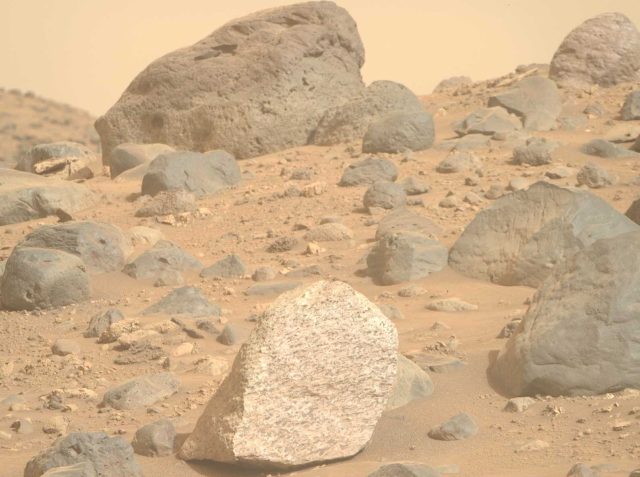Olga Gonzalez-Sanabria
Citation Olga González-Sanabria contributed to the development of nickel-hydrogen battery technologies, most notably in the area of battery separators, and the study of energy storage options for radioisotope thermoelectric generators. González-Sanabria also served as a liaison to NASA Headquarters for the center’s in-space technologies activities. In 1995 she became the center’s first Latina to enter […]
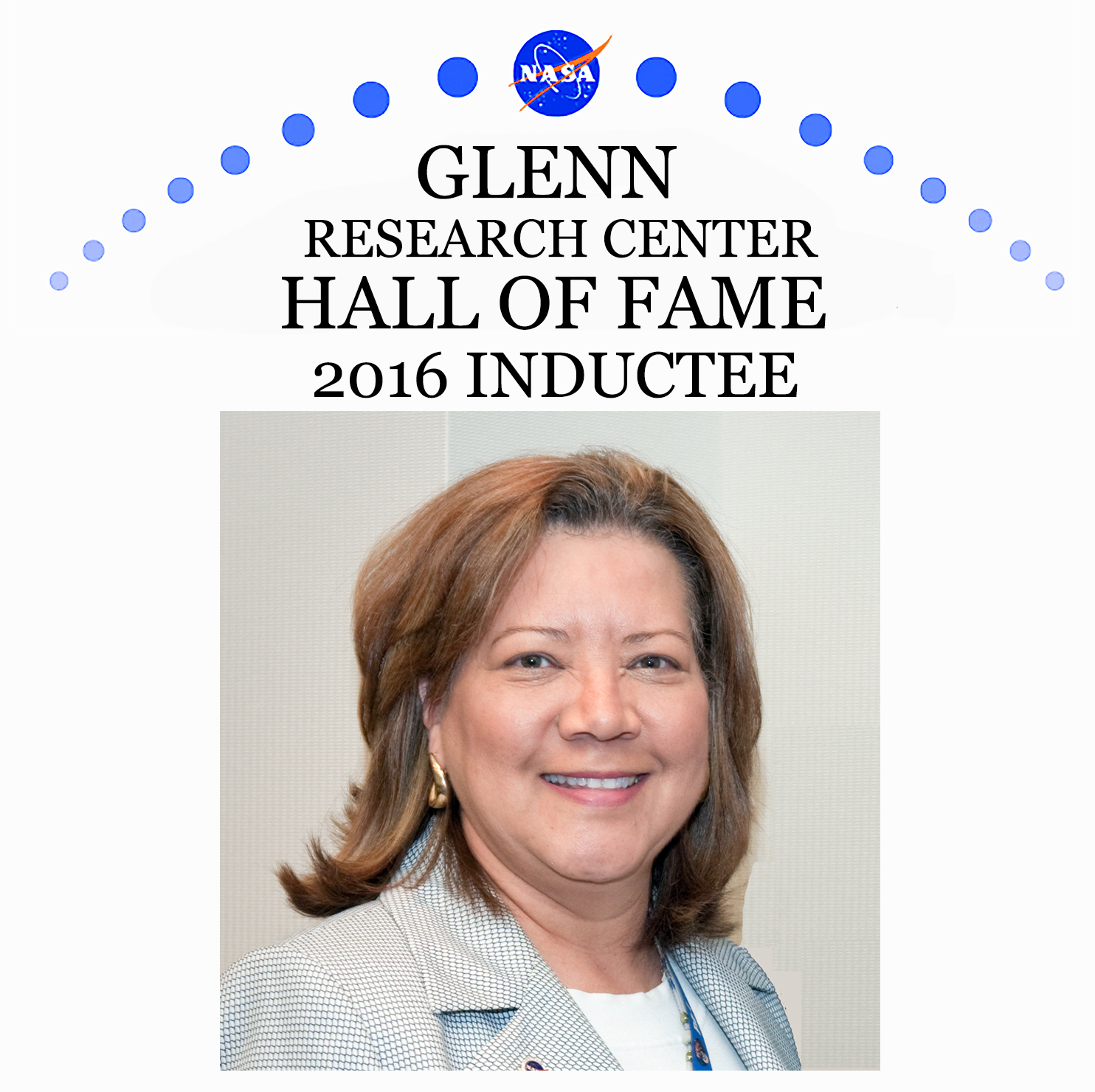
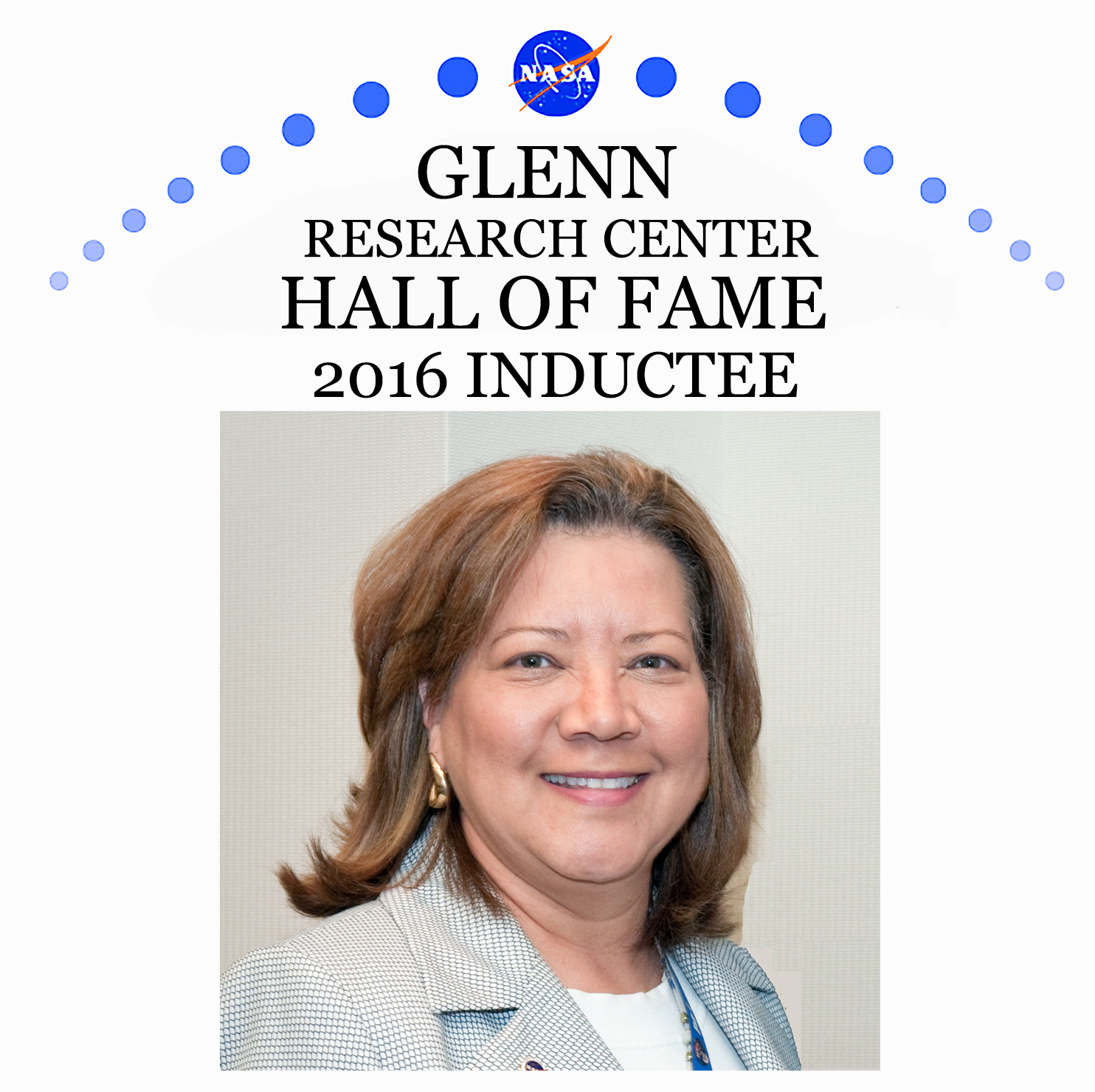
Citation
Olga González-Sanabria contributed to the development of nickel-hydrogen battery technologies, most notably in the area of battery separators, and the study of energy storage options for radioisotope thermoelectric generators. González-Sanabria also served as a liaison to NASA Headquarters for the center’s in-space technologies activities. In 1995 she became the center’s first Latina to enter the senior executive service. González-Sanabria held several executive positions at the center, culminating in Director of Engineering. In each of these positions, González-Sanabria implemented novel approaches to her wide range of institutional and managerial responsibilities.
Biography
Olga González-Sanabria developed a fondness for chemistry and math while growing up in Patillas, Puerto Rico. She became interested in engineering at a career day in high school—chemical engineering, in particular, because of the 1970s energy crisis. She was one of only a few women studying engineering at the University of Puerto Rico. After earning her bachelor’s degree in chemical engineering in 1978, González-Sanabria accepted a position at the NASA Lewis Research Center in Cleveland, Ohio. She earned her master’s degree in chemical engineer from the University of Toledo in 1985.
González-Sanabria began her NASA career in 1979 researching energy storage technologies for space in the Electrochemistry Branch of the Solar and Electrochemistry Division. She and her colleagues worked to advance nickel—hydrogen fuel cells, a new type of battery that offered improved performance. They made key advances in improving the separators that isolate oxidation and reduce voltage losses. She contributed to over 30 technical papers and is the co-patentee on a separator technology for alkaline batteries. In 1988 she was part of a group that received an R&D 100 award for long cycle-life nickel—hydrogen batteries.
As part of the Energy Storage Branch in the mid-1980s, González-Sanabria analyzed advanced nickel-hydrogen battery designs and advances. She also collaborated with Patricia O’Donnell and Robert Cataldo to study various battery and fuel cell options for radioisotope thermoelectric generators to power potential Mars rovers.
In 1990, González-Sanabria moved into the Space Experiments Division’s In-Space Technology Branch which designed experiments requiring testing in space. She served as the group’s liaison to the Headquarters Office of Aeronautics and Space Technologies. In 1993 she was awarded the Exceptional Service Medal for her outstanding development and coordination work in this capacity.
González-Sanabria officially transitioned from research to management in 1995 with her appointment as the center’s executive officer. She was responsible for assisting the center director in planning, organizing, and managing the center’s institutional and technical programs. In this role, she helped guide the center through the tumultuous reductions and reorganization that resulted from the agency’s Zero Base Review.
From 1998 to 2002 González-Sanabria headed the Plans and Programs Office. She was responsible for ensuring that the center’s research programs, plans, and policies aligned with agency objectives. In 2000 she coordinated the first Center Performance Review to measure the center’s effectiveness in meeting agency goals. She also led the center’s effort to establish ISO 9000 certification.
In 2002, González-Sanabria was appointed to Senior Executive Service (SES) and put in charge of the Systems Management Office. She was the first Latina at the Center to receive an SES designation. The Systems Management Office was established in 2000 to implement the agency’s new Program and Project Management Processes and Requirements policy.
In 2002 she received the Outstanding Leadership Medal. In 2003 she was inducted into the Ohio Women’s Hall of Fame for her technical achievements and being a leading professional Hispanic. In 2007 she was awarded the Presidential Rank of Meritorious Executive for her leadership in integrated engineering services and the Hispanic Engineer National Achievement Awards Conference’s Executive Excellence Award.
González-Sanabria was named director of Engineering and Technical Services in 2004. The directorate was responsible for the center’s engineering design, fabrication, facility management, and systems engineering. Following a reorganization in 2008, González-Sanabria served as director of the new Engineering Directorate. The directorate offered a new approach to organizing engineering services.
González-Sanabria retired in December 2011 with 32 years of NASA service. In addition to her professional accomplishments, González-Sanabria was an active mentor, for both students and mid-career professionals.
Related Documents
- González-Sanabria bios
- Gonzales-Sanabria articles (1980-2012)
- Two NASA Employees Join Ohio Women’s Hall of Fame (2003)
Photographs
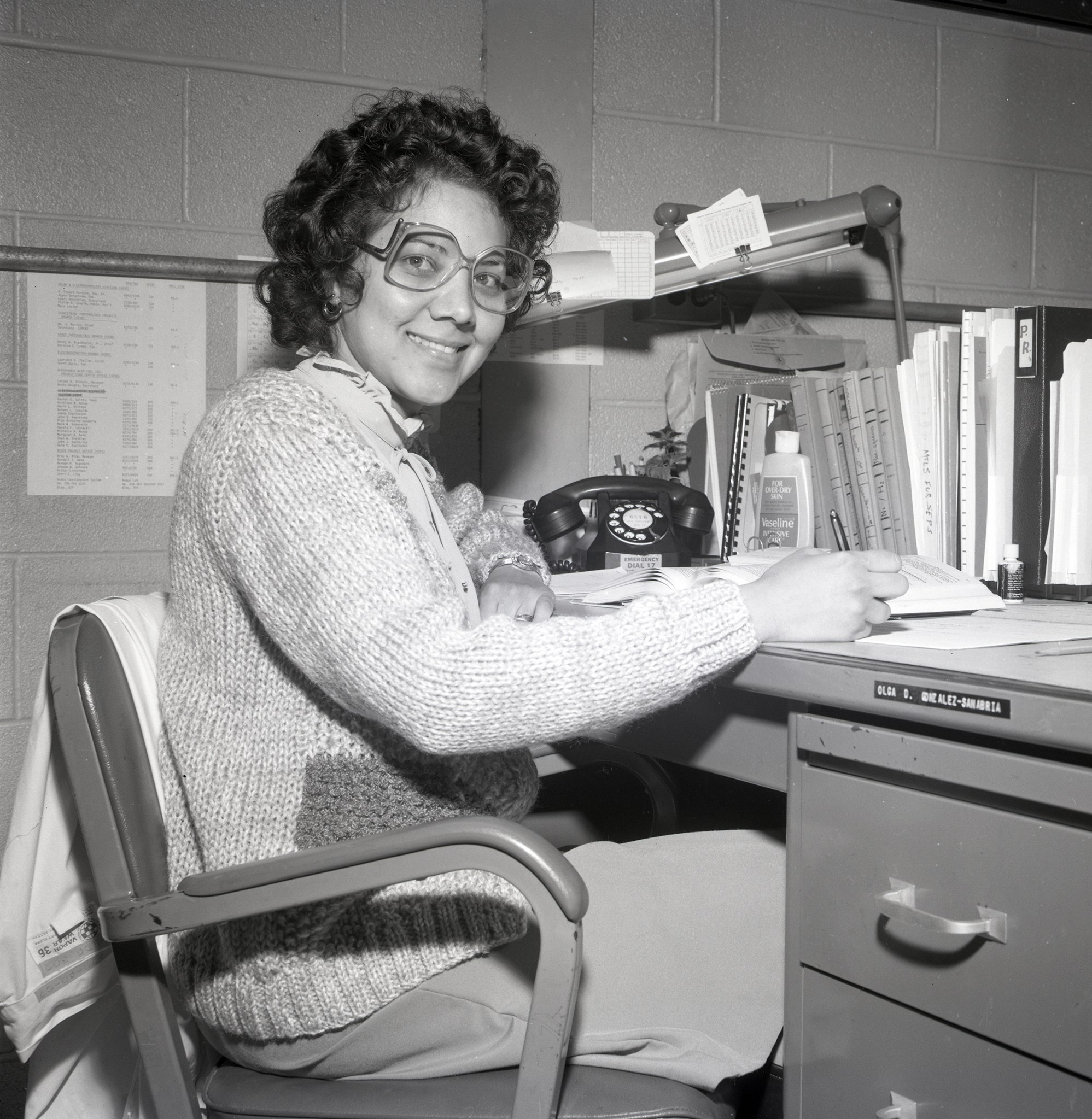
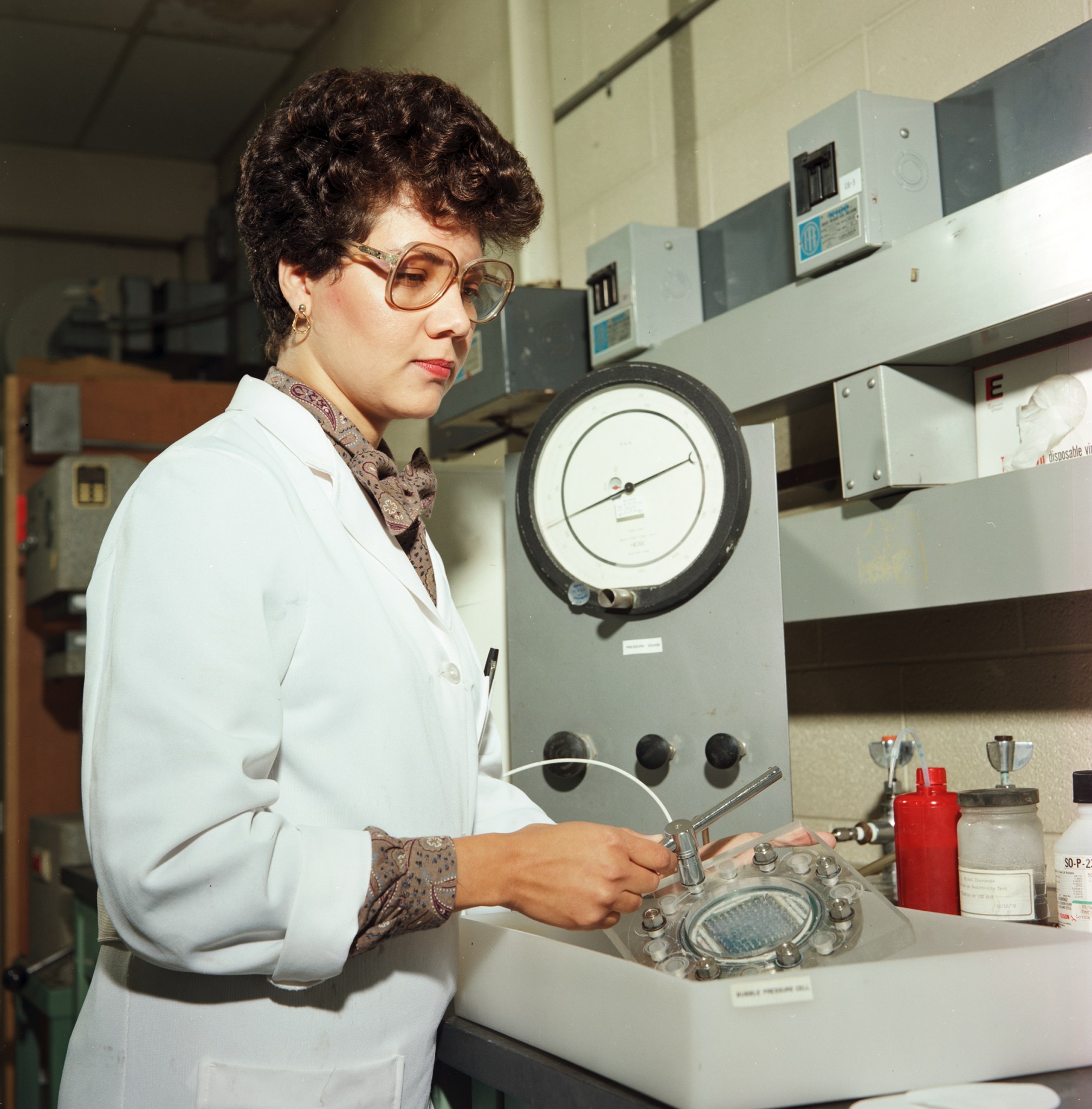
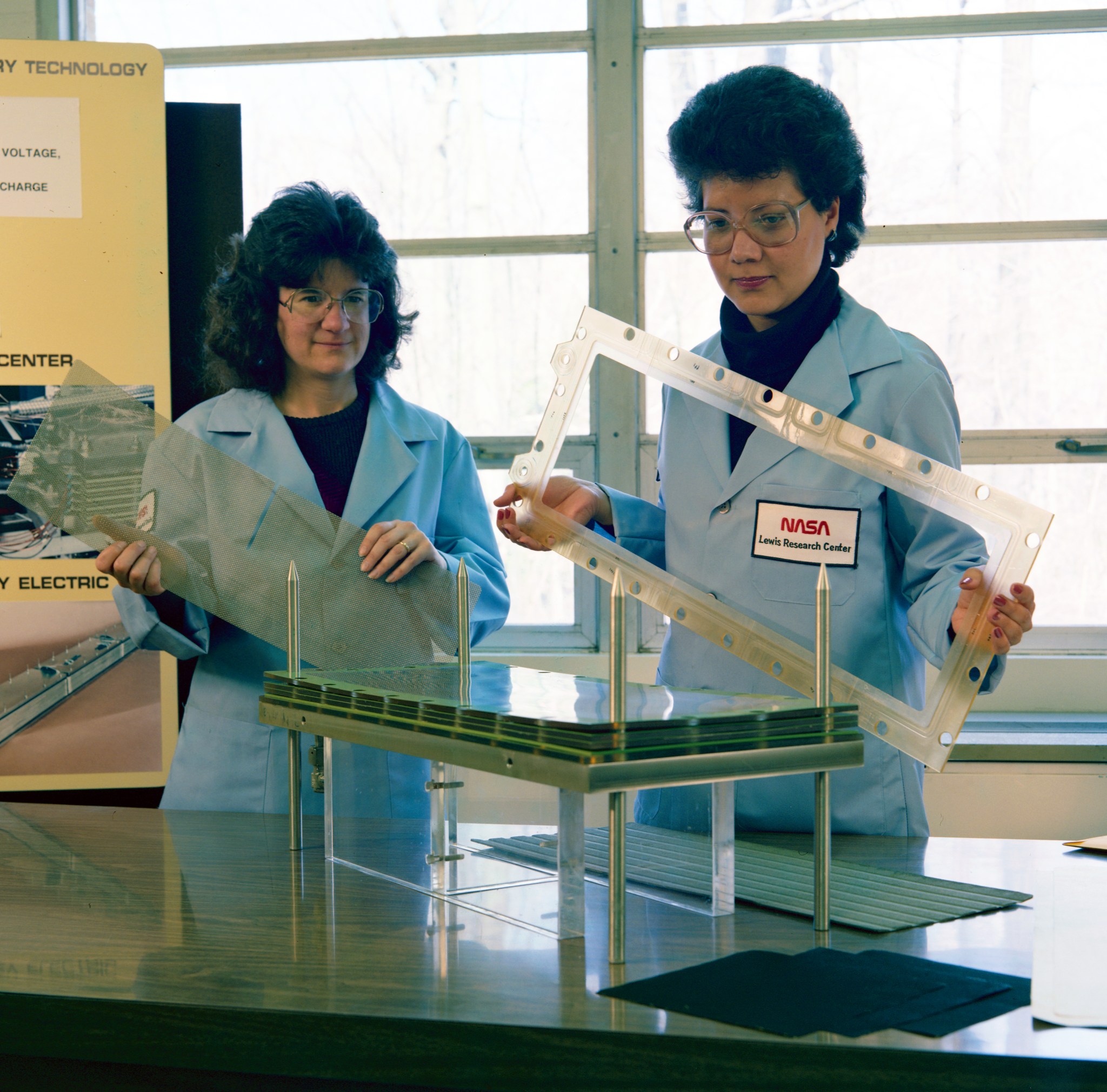
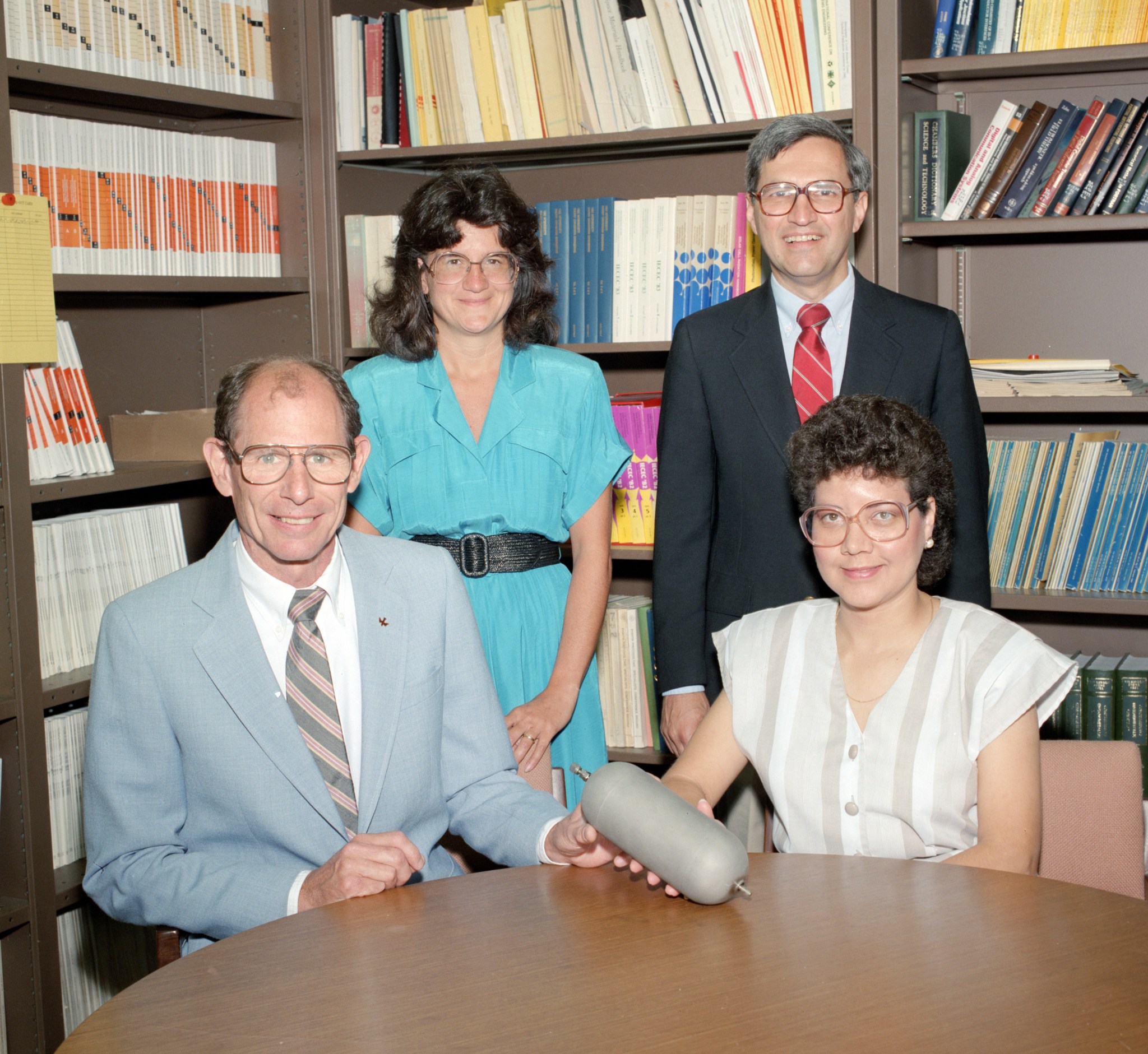
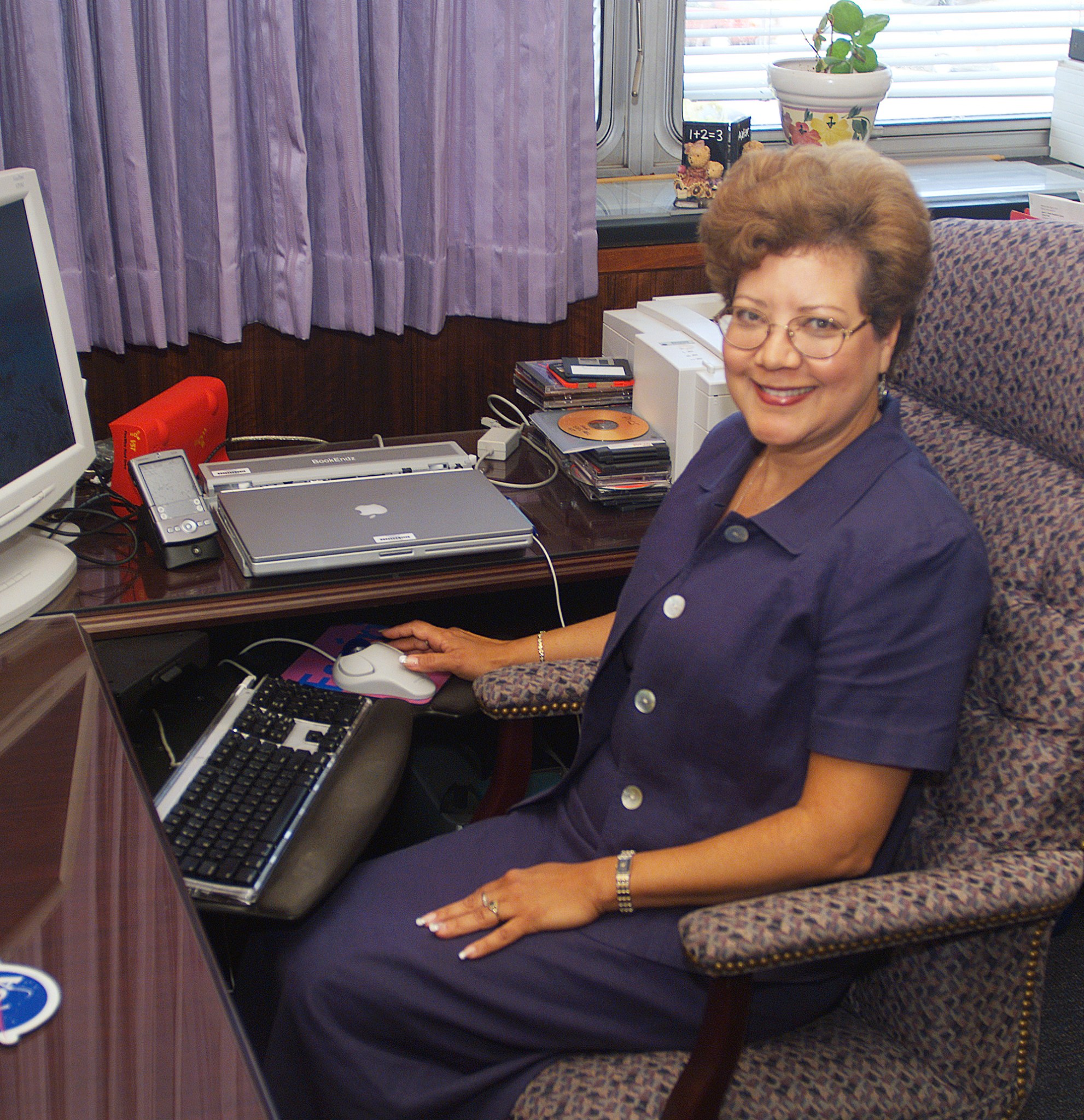
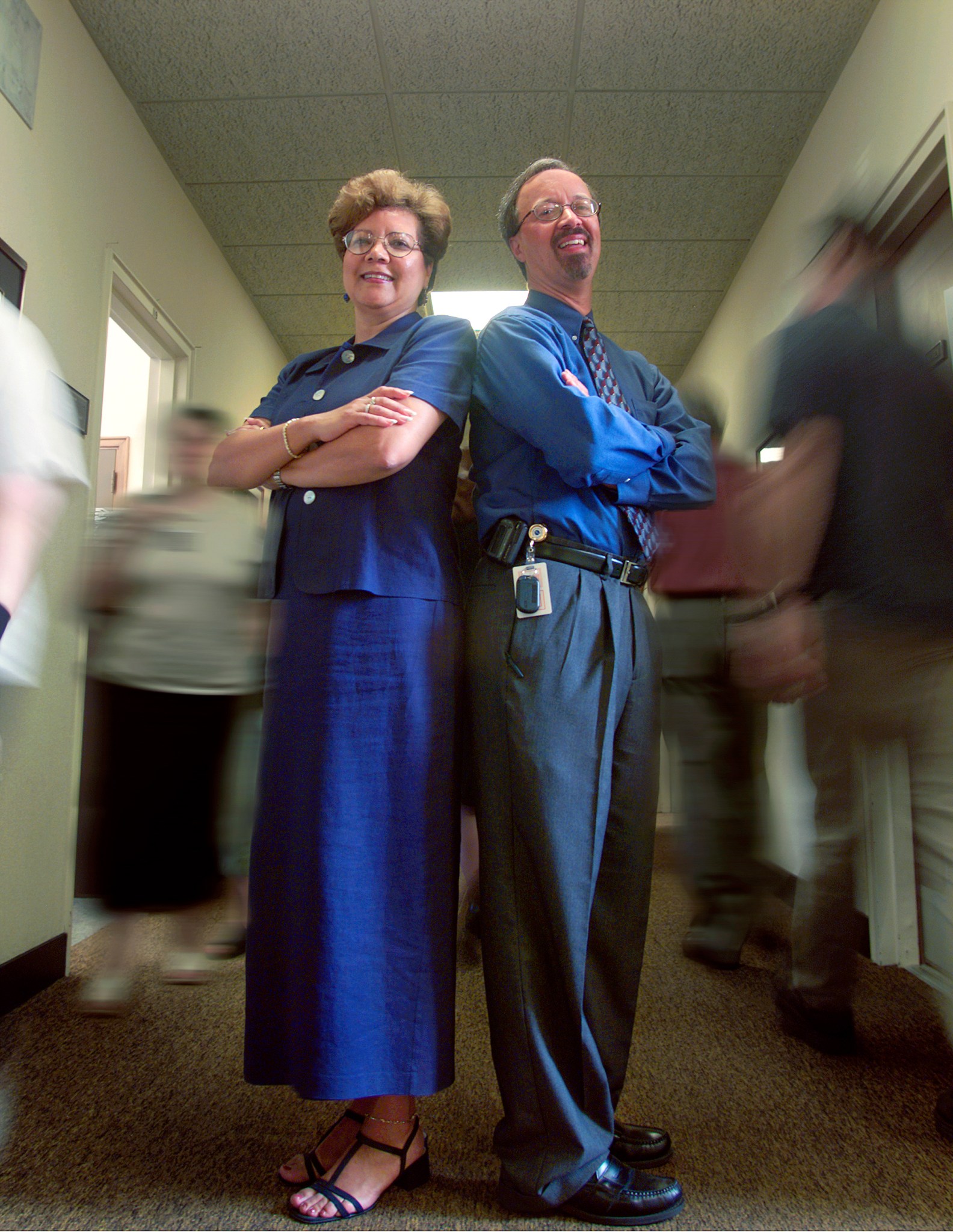
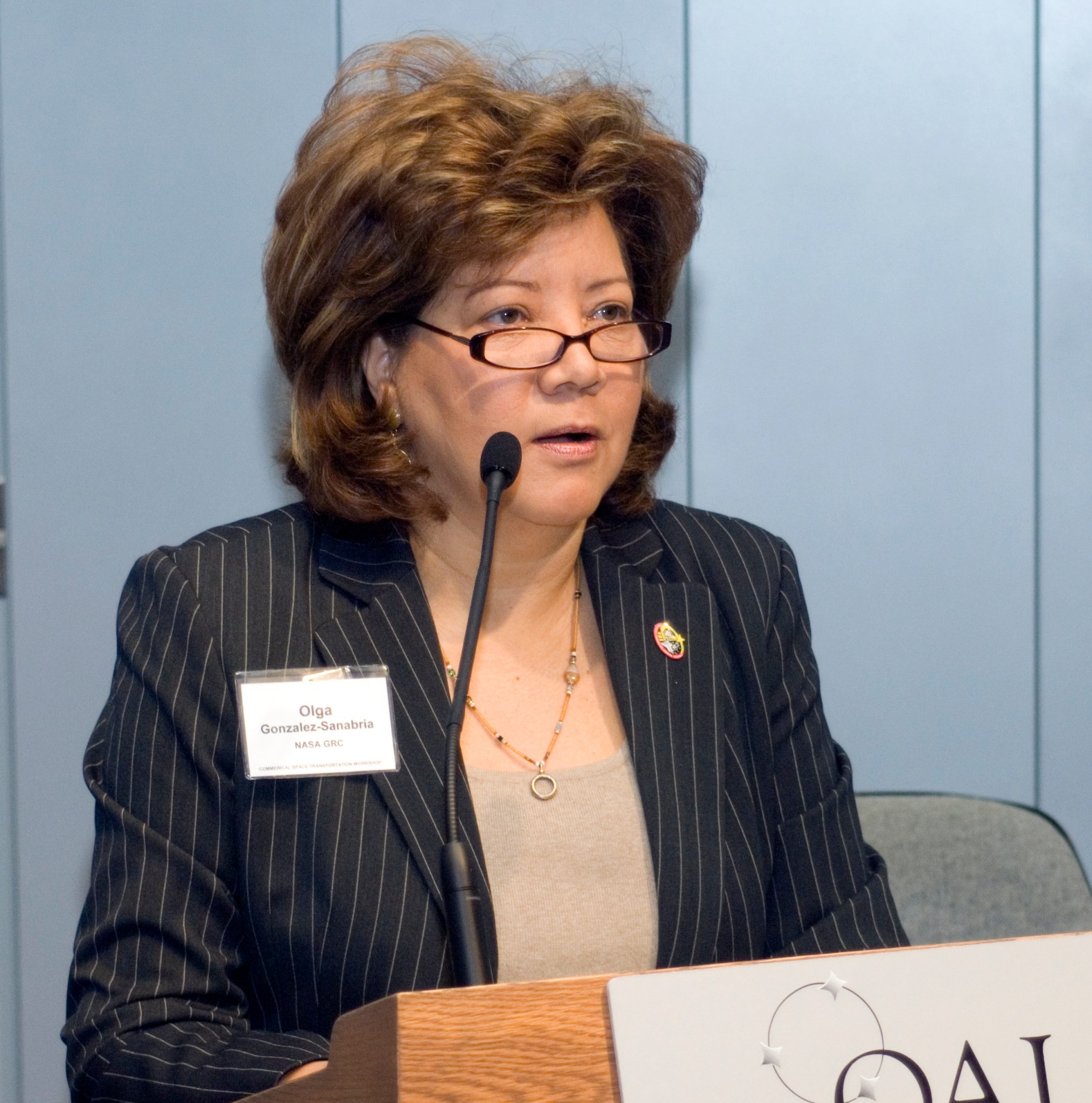
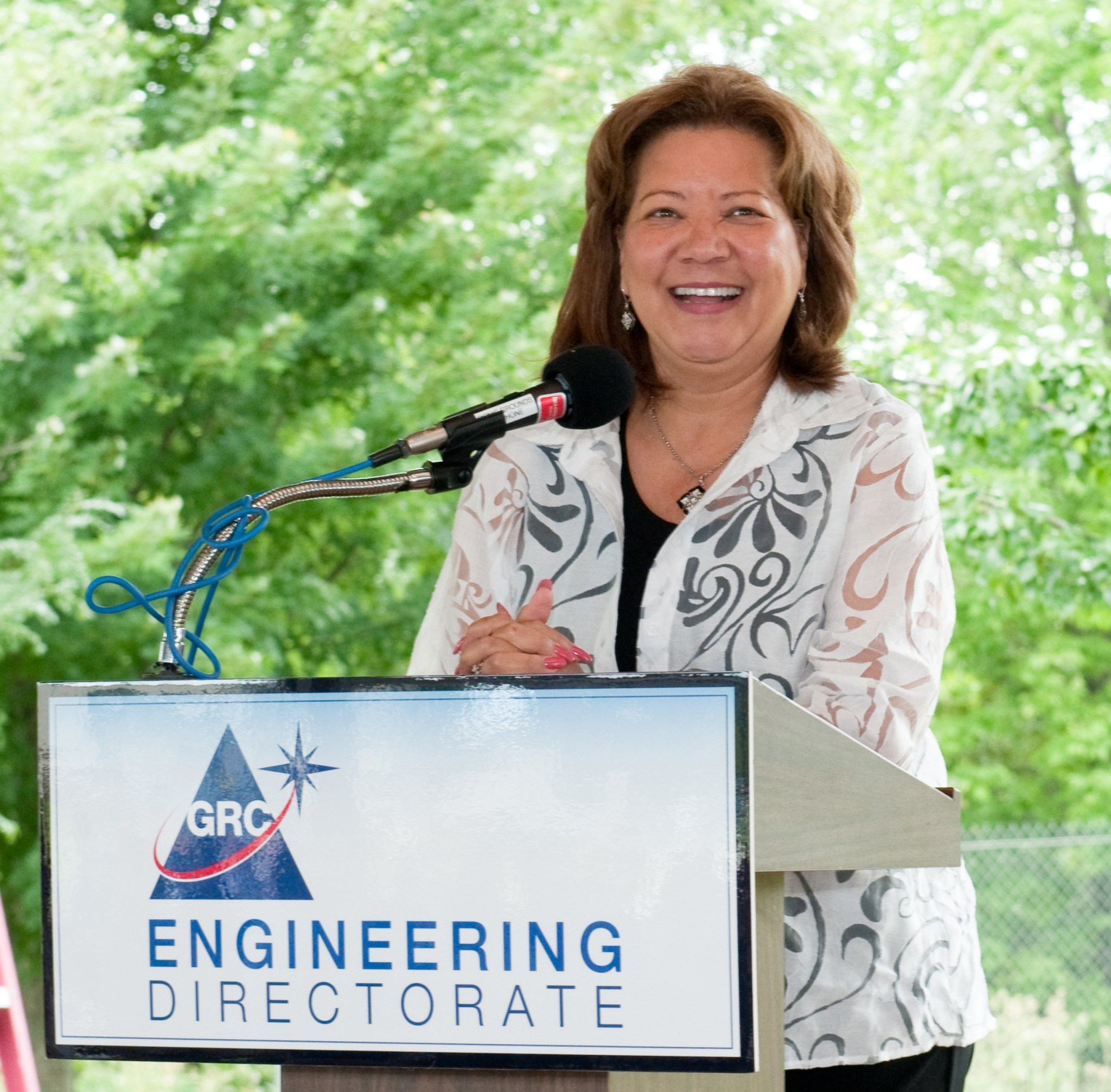
What's Your Reaction?



















.jpg?#)


























